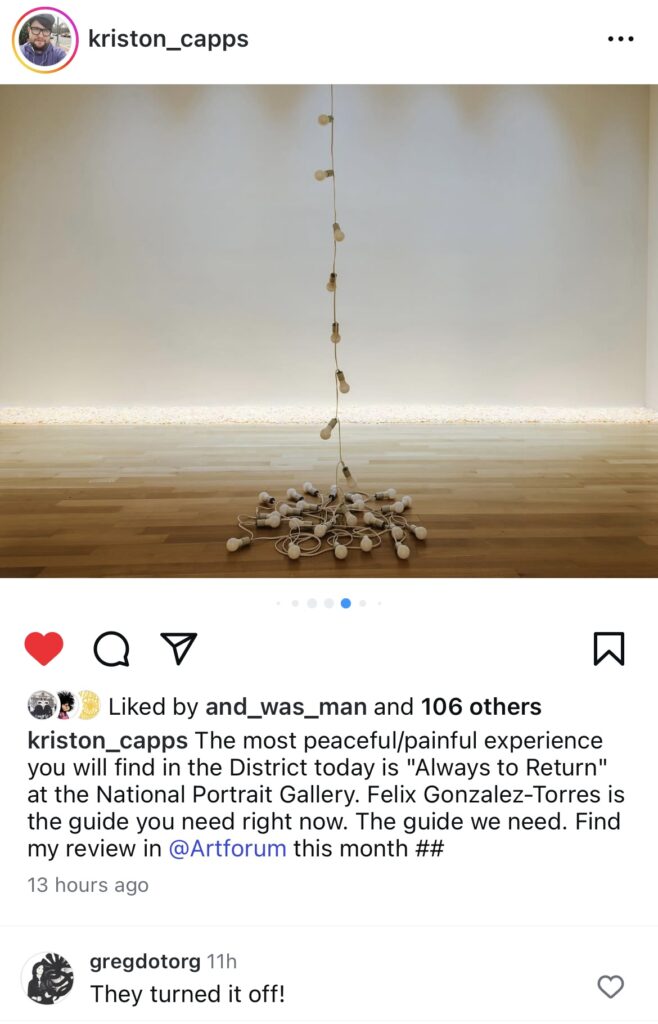
As my comment on Kriston Capps’ insta shows, it’s somehow always a surprise to see a Felix Gonzalez-Torres light string with the lights off. My reaction led Kriston to doublecheck with the National Portrait Gallery whether it’d been OK to post [tl;dr it was, but hold on], and it sent me looking for more.
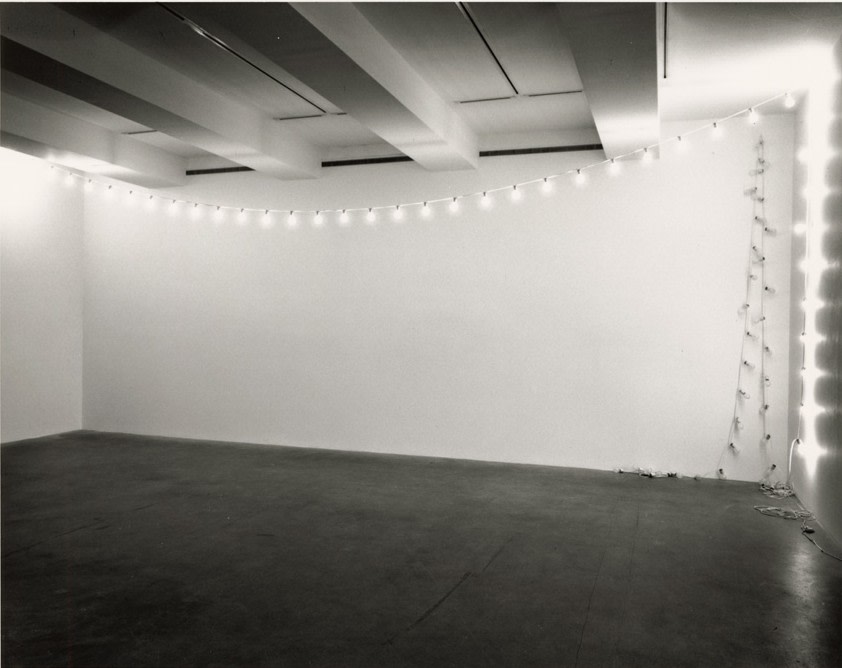
Of course, it goes back to the beginning, where they were shown on and off, side by side. Gonzalez-Torres’ whole point of his works was that the owner [or exhibitor] was to decide how to display them, and that includes whether to turn them on. The Felix Gonzalez-Torres Foundation has photos of an unlit “Untitled” (Tim Hotel), 1992, in a collector’s home, which feels like the normal, private state. Maybe it gets turned on for company, which raises the question of public vs. private presentation as well as space.
Because obviously, they look the sexiest when they’re on, and it’s understandable for curators of public exhibitions to want that glow. But that allure also underscores the impact and importance of seeing them turned off sometimes.
MoMA helpfully includes both on and off photos on their page for “Untitled” (Toronto), 1992, which has been in the collection since 1997, but I’ve only ever seen it exhibited on.
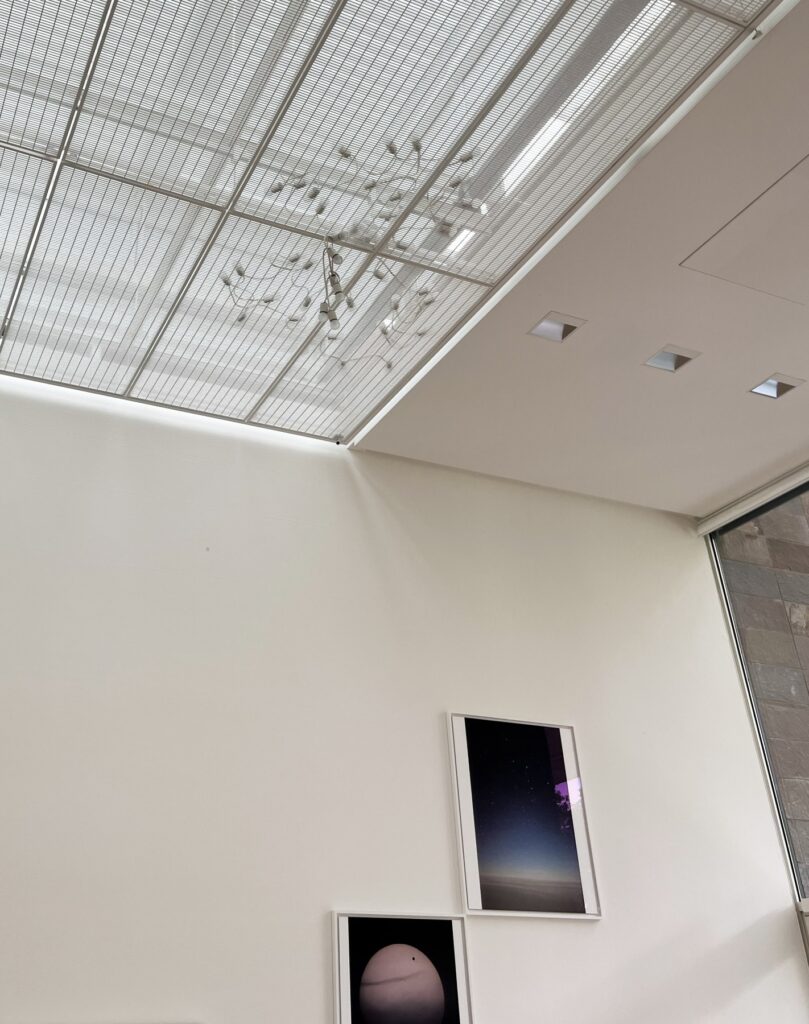
Last year at their wacky Summer Show, the Fondation Beyeler exhibited their light string, “Untitled” (For New York), 1992, turned off, and mostly tucked away above the light diffusers, with just a couple of bulbs poking through. Even in the YOLO context of a show with like a hundred curators that changed every day, the secret light string hidden in the ceiling feels like Tino Sehgal’s little treat to himself.
So I really do not feel like my surprise was unfounded, to see what I’d come to read as a curatorial zig in an institution like the National Portrait Gallery, so seemingly dedicated to zagging. Kriston’s post brought the co-curator of “Always To Return” Josh Franco to the comments, though, where he explained the on/off parameters of “Untitled” (Leaves of Grass).
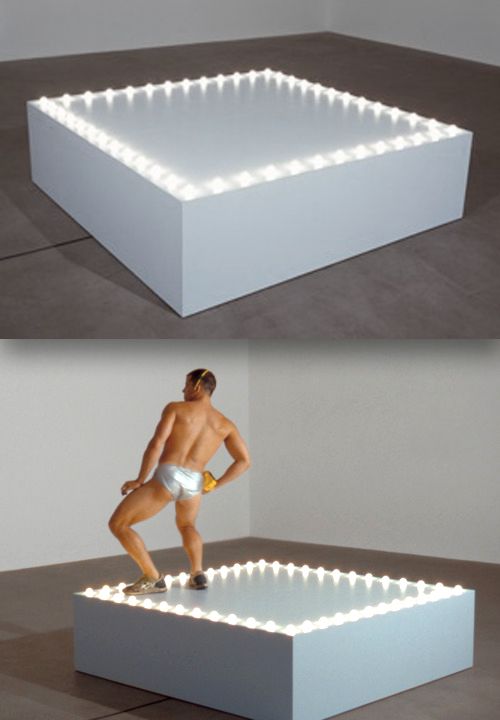
But he also told of demonstrating the parameters, and the concept of the deciding how to show the work, by periodically entering the gallery mid-day, and unplugging the light string from its outlet embedded in the floor. Alas, the wiring in the 19th century building turned out to be a bit unsteady, so the work had to be rehung to plug into the ceiling, and the curators’ occasional moment on the public stage was lost. If only they’d had a go-go dancing platform in the show.
At this point it feels obvious and inevitable, but maybe that’s how you know a work works, when you suddenly can’t imagine it not existing. If you have a light string, let’s talk.
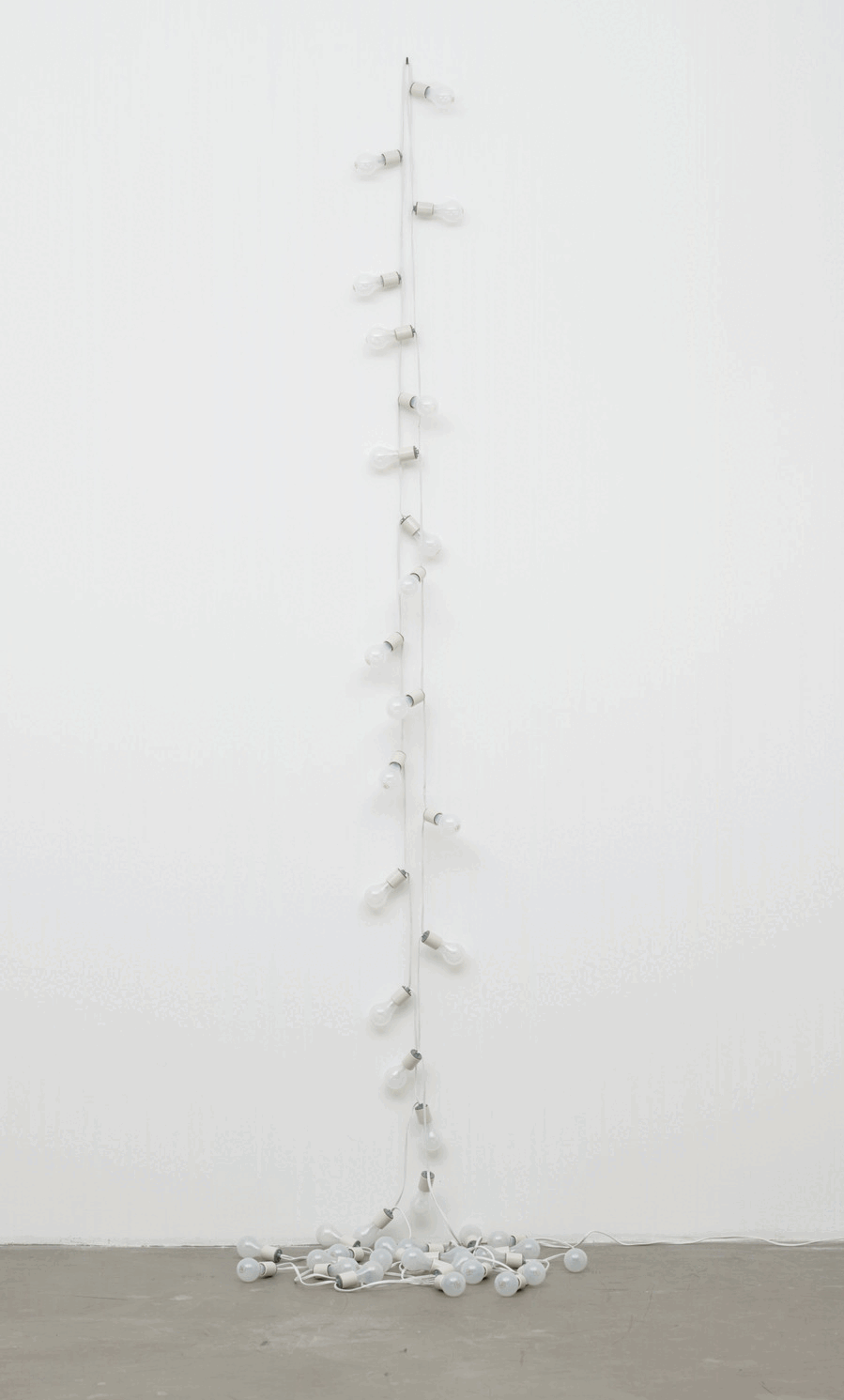
Previously, related FG-T@NPG coverage: Felix Gonzalez-Torres @ NPG; Felix Gonzalez-Torres @ MLK; Felix Gonzalez-Torres Exhibition Copy; Felix Navidad Post Office; In The Building
some related works: Gonzalez-Torres Candy Porch, 2024; Gonzalez-Torres Forbidden Colors, 2021—; “Untitled” (Gaga Dancing Platform), 2019 “Untitled” (Crystal Bridges), 2015
